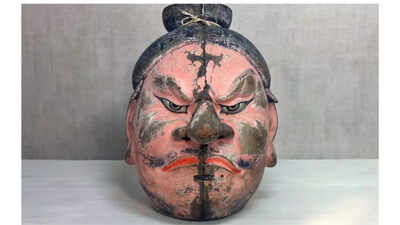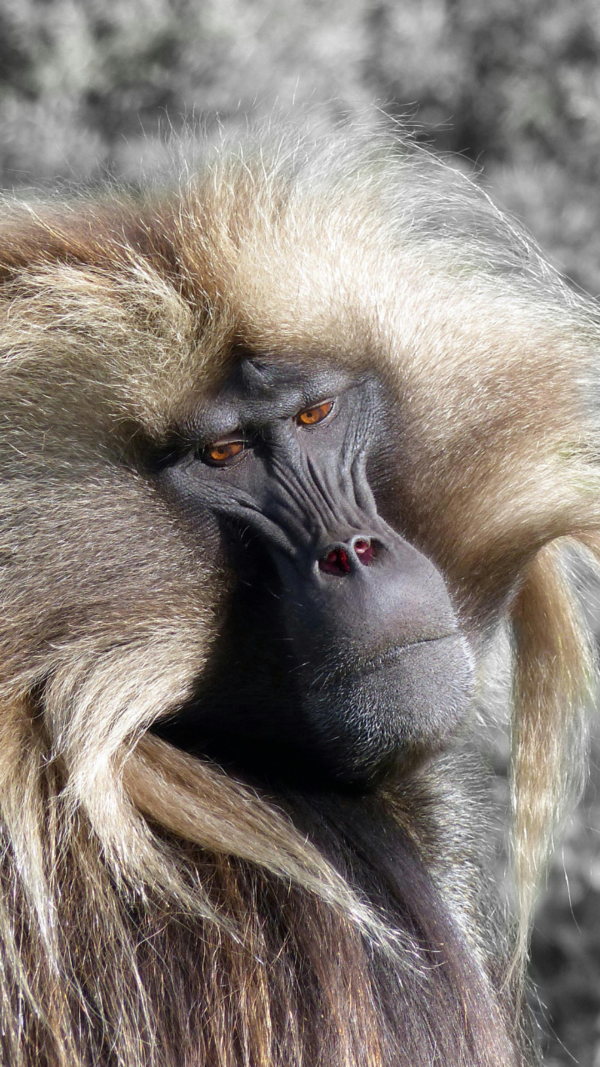Trending
This story is from October 3, 2024
Who are Japanese? Scientists astonished by findings in Japanese DNA study
Traditionally, there was a belief that the Japanese population came down from two major groups: the rice-farming migrants from East Asia and the indigenous Jomon- - the hunter-gatherers. However, this recent study, led by scientists at RIKEN’s Center for Integrative Medical Sciences, pinpoints a third ancestral group with associations to north-east Asia, particularly the Emishi people. This discovery backs the “tripartite origins” theory proposed in 2021.
A trailblazing investigation of the genomes of approximately 3,200 people all over Japan is redefining our insight into the country’s ancestry. This study uncovers that the genetic background of the Japanese people is way more complex than formerly thought.
New insights into ancestry
Traditionally, there was a belief that the Japanese population came down from two major groups: the rice-farming migrants from East Asia and the indigenous Jomon- - the hunter-gatherers. However, this recent study, led by scientists at RIKEN’s Center for Integrative Medical Sciences, pinpoints a third ancestral group with associations to north-east Asia, particularly the Emishi people. This discovery backs the “tripartite origins” theory proposed in 2021.
“Our analysis revealed Japan’s subpopulation structure on a fine scale, which is very beautifully classified according to geographical locations in the country,” elaborates Chikashi Terao, the lead researcher of the study.
The Emishi were ancient people who lived in northern Honshu, Japan, particularly in the Tōhoku region. They are often referred to as "hairy people" in historical Chinese records. The Emishi are believed to be descendants of the Jōmon people and are considered ancestors of the Ainu. They resisted Japanese rule during the Asuka, Nara, and early Heian periods (7th-10th centuries AD). Over time, they were gradually conquered and assimilated into Japanese culture. The Emishi's legacy lives on in the cultural and genetic heritage of modern Japan
Comprehensive genetic analysis
The research team carried out one of the largest genetic studies of a non-European population. They assembled the entire genomes of individuals from seven regions, spanning from Hokkaido in the north to Okinawa in the south. Utilizing whole-genome sequencing facilitated them to access in-depth genetic information- - approximately 3,000 times more than previous methods.
“Whole-genome sequencing gives us the chance to look at more data, which helps us find more interesting things,” Terao explains.
Mapping genetic diversity
The research investigated how different ancestral groups play a role in the genetic makeup of various regions in Japan. For example- - Jomon ancestry is most widespread in Okinawa, whereas western Japan highlights a stronger genetic affinity with Han Chinese, probably because of historical migration patterns.
Emishi ancestry is commonly found in northeastern Japan, uncovering distinct geographic variations in genetic heritage.
Exploring rare genetic variants
The scientists also inquired into rare genetic variants, which can offer insights into ancestry and migration patterns. Terao explains, “We reasoned that rare variants can sometimes be traced back to specific ancestral populations, and could be informative in revealing fine-scale migration patterns within Japan.”
This strategy has led to a better understanding of how certain genetic traits are allocated across the country.
Ancient DNA and modern health
The research also reviewed the genes inherited from archaic human species such as Denisovans and Neanderthals. “We are interested in why ancient genomes are integrated and kept in modern human DNA sequences”, Terao elaborated.
For instance, certain genetic markers linked to health conditions were determined, which may illuminate variations in disease susceptibility among Japanese people.
Implications for personalized medicine
The researchers offer possibilities for future advancements in personalized medicine. By organizing specific gene variants that affect health, the scientists aim to connect genetic differences with disease predisposition.
“What we’ve tried to do is to find and catalog loss-of-function gene variants that are very specific to the Japanese people,” Terao stated. This work could lead to better understanding and treatment of conditions such as chronic liver disease, hypertension, and hearing loss.
This comprehensive genetic study has provided new insights into the complexity of Japan's ancestry, revealing the influence of a third ancestral group and highlighting the diversity within the population. The findings not only deepen our understanding of Japan’s genetic history but also have significant implications for personalized medicine, potentially improving the diagnosis and treatment of various health conditions. This research marks an important step in uncovering the intricate layers of Japan’s genetic heritage.
Beyond revealing Japan's complex ancestry, this study opens the door for exploring genetic diversity in other non-European populations. It shows how using whole-genome sequencing can help uncover hidden ancestral links in different parts of the world, offering new insights into human history and migration.
This study reveals that Japan's ancestry is more complex than previously thought, with a third ancestral group identified. It also highlights regional genetic differences and offers potential benefits for personalized medicine and understanding health conditions.
By revealing the presence of a third ancestral group and highlighting regional genetic variations, the research paves the way for deeper exploration of genetic diversity in other populations. Moreover, its implications for personalized medicine offer a promising future for more targeted healthcare solutions, particularly in non-European populations.
This study also shows how our understanding of history can change with new scientific tools. By using advanced genome sequencing, researchers have uncovered details that were previously unknown, reshaping the story of Japan’s origins. It highlights the importance of continually exploring and questioning what we think we know, as science can always reveal new information about our past.
End of Article
FOLLOW US ON SOCIAL MEDIA
Visual Stories
Tired of too many ads?go ad free now











